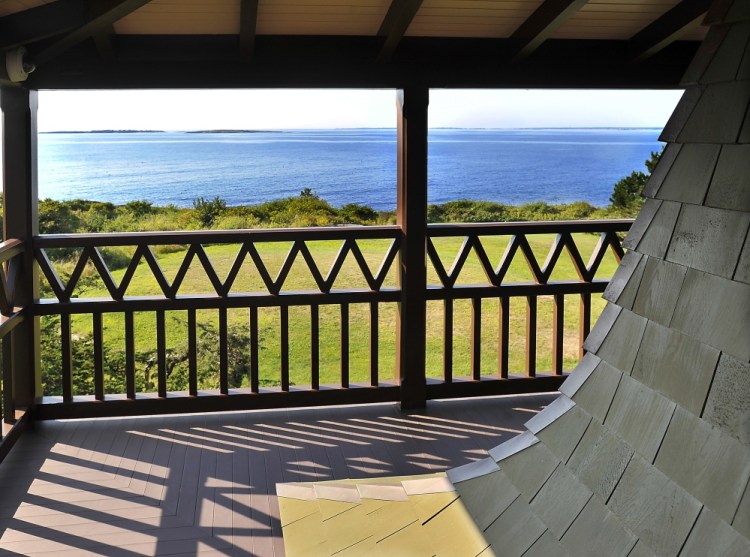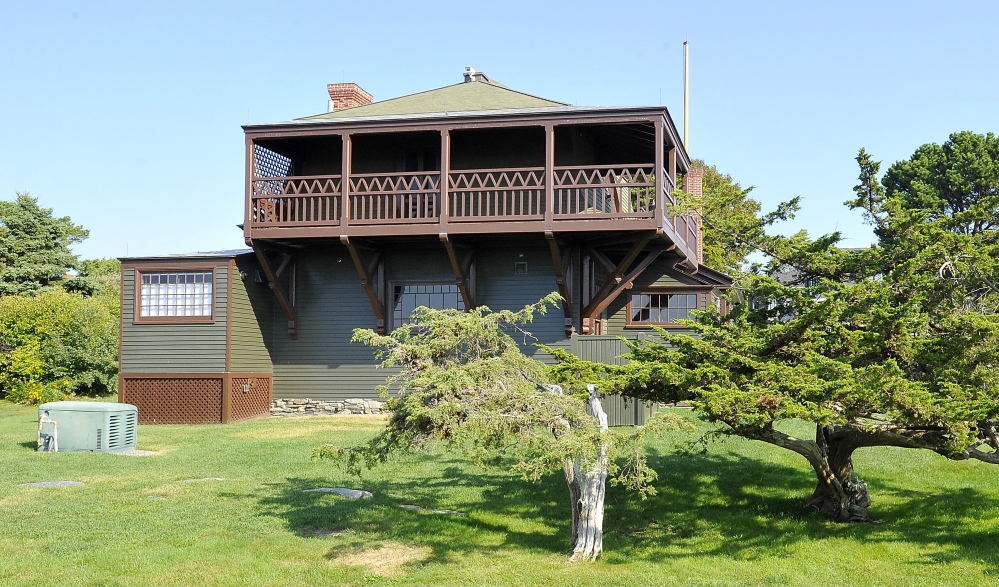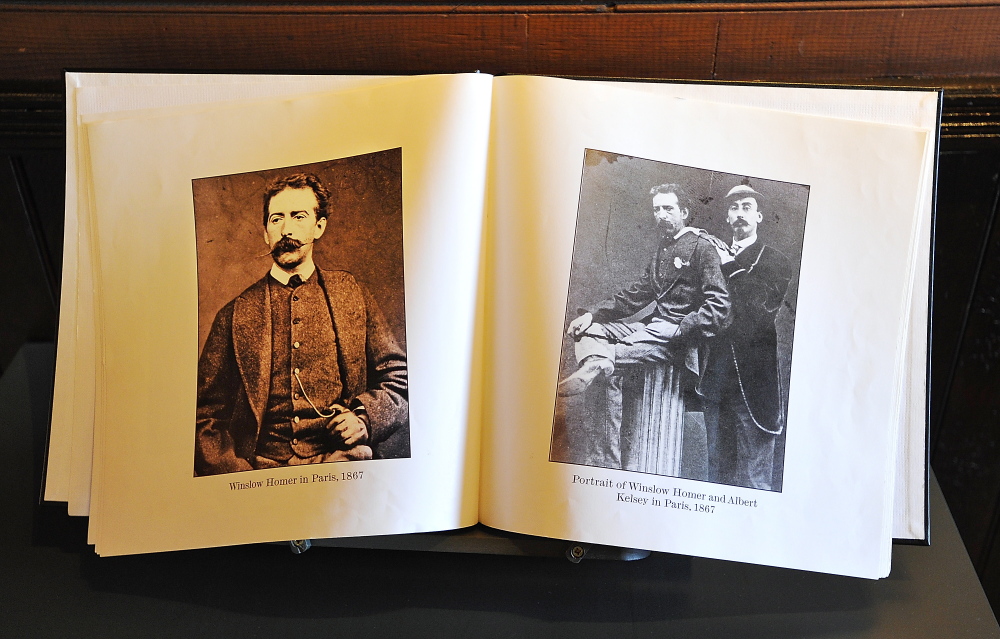The Portland Museum of Art has purchased the land around the Winslow Homer Studio at Prouts Neck in Scarborough and placed it in a conservation easement, protecting the famed painter’s view from development.
Since the museum restored the studio and opened it to public tours in 2012, it has been negotiating the purchase of a horseshoe-shaped parcel that begins at the gravel road that abuts the studio, surrounds it on either side and extends to a hedgerow in front of the publicly owned Cliff Walk at the rocks near the ocean. The 0.57-acre parcel was owned by the estate of Doris Homer, who was married to the artist’s nephew. She died in 2009.
The sale, for $2.3 million, closed Aug. 29.
The museum placed a conservation easement on the property and donated the easement to the Scarborough Land Trust, which will enforce it.
The deal ensures that the view Homer enjoyed when he lived at the studio during the final 27 years of his life will remain unchanged, said museum director Mark Bessire.
“Everyone had the same goals, and that is what brought us together: to protect the viewshed of Winslow Homer,” he said. “It’s the place that’s important. I love the physical building, but the location and the views that Homer had were as important as what’s inside.”
The museum negotiated the deal with the Prouts Neck Association and the land trust.
Land trust board member Jeremy Wintersteen, whose family owns property at Prouts Neck, called the studio and surrounding land “the crown jewel of Scarborough, the crown jewel of the state of Maine and the crown jewel of the United States in terms of our artistic heritage.”
The easement prohibits nearly all future development, he said.
The museum will do some landscaping, including restoring a path from the Homer property to the Cliff Walk, and has the right to put up a small storage shed, but it cannot make any significant changes to the property, Wintersteen said.
“If the museum changes its mind and wants to build a house, the land trust will say no,” he said. “We think of this as a blend of land conservation and artistic heritage. It’s a pretty neat project when those two things are joined. It’s land preservation, but it’s also preserving the heritage of one of America’s most famous painters.”
Homer lived and painted at the studio from 1883 until his death in 1910. He completed many of his ocean-view masterpieces at the studio.
The studio sits less than 200 feet from the ocean.
The museum bought the studio and the small parcel of land that it sits on in 2006. It spent six years raising money and restoring the studio and has made the additional land acquisition its priority since the studio opened.
Bessire compared the Homer studio to Monet’s home at Giverny, France, or Georgia O’Keeffe’s home in New Mexico.
“When Monet went to Giverny, his house and his gardens totally changed his art. The same is true of O’Keeffe. She becomes the artist we love when she goes to New Mexico,” he said.
“Now we can be certain that future generations will have the same view that Homer had. It will help us understand the importance of place to his work.”
Send questions/comments to the editors.






Success. Please wait for the page to reload. If the page does not reload within 5 seconds, please refresh the page.
Enter your email and password to access comments.
Hi, to comment on stories you must . This profile is in addition to your subscription and website login.
Already have a commenting profile? .
Invalid username/password.
Please check your email to confirm and complete your registration.
Only subscribers are eligible to post comments. Please subscribe or login first for digital access. Here’s why.
Use the form below to reset your password. When you've submitted your account email, we will send an email with a reset code.